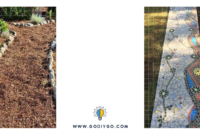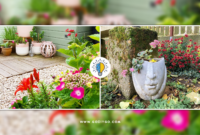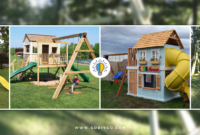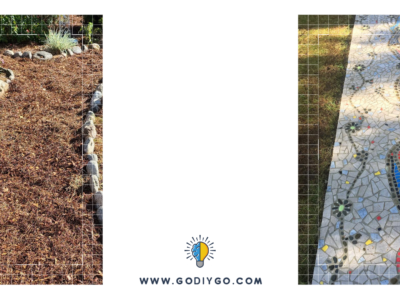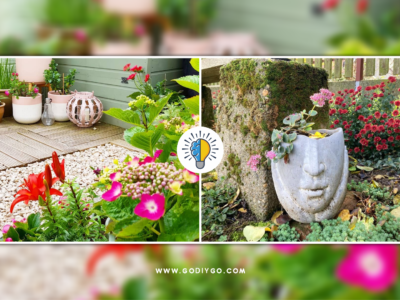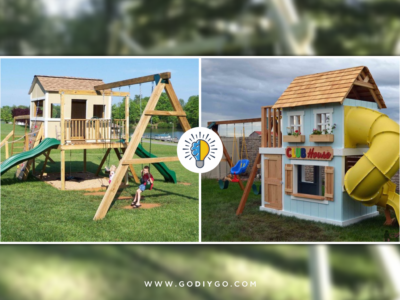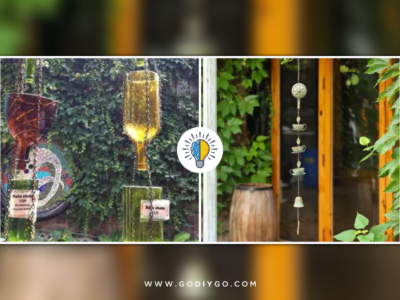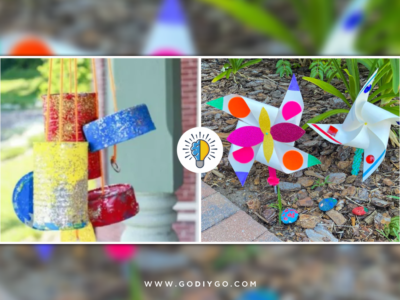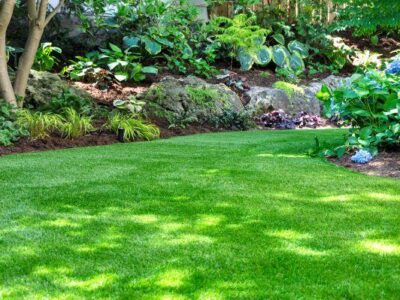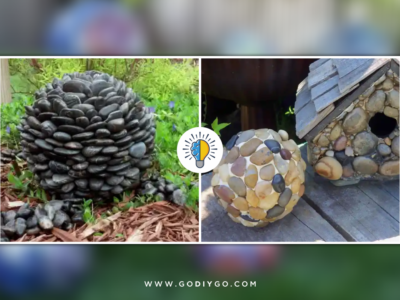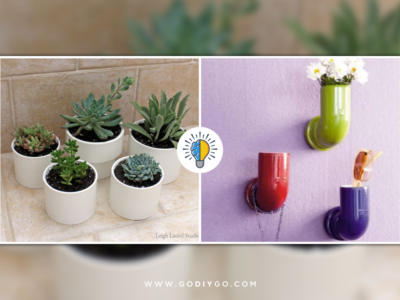
A home garden is a little dream that’s within reach for most people. If you asked 10 people if they wanted a thriving home garden, you’d have 10 people that said yes.
Who wouldn’t want to have a little slice of life growing in their midst and providing a little food here and there? The process is exciting, meaningful, and it adds a great atmosphere whether you’re gardening indoors or out.
We’re going to run through a few easy garden tips that you can use as you start to plot out ways to grow plants at home. Hopefully, the ideas below can set you on the right track to a healthy garden.
1. Choose the Location That You’ll Tend To
No matter where you live, there’s space for a garden to grow. Some people make space for a garden underneath a bright window in their kitchen, while others choose to use the better part of their lawn.
Just try to match the location and amount of space of your garden to your ambition and self-discipline. If you’re a person who might forget a day or two of tending or maybe even lose some motivation in a few days, it might be better to start small.
2. Choose Easy Garden Plants
Start out with plants that aren’t too particular and can be tended to on a semi-regular basis. Some great options are snake plants, pathos, spider plants, and most succulents.
These plants are resilient, beautiful, and found at most places that sell plants. If you want to plant food-bearing plants, most vegetables are easy to grow and fairly resilient.
3. Research Your Plants
Plants grow well when we understand how to tend to them. It isn’t as if all plants need the same amount of sunlight, water, and tending.
Different species grow naturally in unique environments, and it’s the gardener’s job to understand those specifications and adjust to them. This mostly has to do with variations of shade and water.
If you have a specific sort of plant or food that you’d like to grow in your garden, that should dictate the spot you choose to plot your garden. Indoor options are nice because you have more control over the amount of light that the plants receive.
4. Don’t Skimp on Ingredients
An effective garden requires that you buy soil, seeds, and a few tools. You might need a soil tiller, a spray bottle or two, some gloves, and whatever else you find you need as time goes on.
Consider splurging for some topsoil (if your plants are outside), mulch, fertilizer. Providing the right environment for your plants will put them in a position to succeed.
5. Plant at The Correct Time of Year
Try to coordinate your plant selections to be planted at the same time of year if you can. There will typically be a knowledgeable person at the store wherever you buy plants.
This, surprisingly, is a common mistake among new gardeners. It’s easy to think that you could just plant something at any time, especially indoors, and wind up with very few successful plants.
If you have the correct equipment to set up climate control in your home, you might be able to tweak things a little bit. As a beginner gardener, though, those investments might fall a little outside of your price range.
6. Keep the Soil Moist, Weed
Soil has to be kept wet for seedlings to start taking root, and a try bed of soil can kill the seeds before they even have a chance to get started. Try to make sure that your soil bed is moist as much of the time as you can tend to it.
Typically, this just requires that you get out and do some watering in the morning and whenever you get home from work. If you’re able to stay home right now, as many of us are, try to check on the soil every few hours to see if it’s moist and work accordingly.
Also, keep in mind that you should not make a habit of watering your plants at night. Watering at night can provide a good environment for mold to grow. It’s not always going to cause mold, though, and it’s acceptable to water in the evening now and then.
You should also be weeding your garden throughout the process. Weeds can take up precious space that your plants need to grow and thrive. Whenever you see a weed popping up, get rid of it carefully.
Do your best to avoid disturbing any of your plants’ root systems. It’s a lot easier to do that when you catch the sprouting weeds as early as possible.
7. Don’t Be Afraid to Improvise
Once you get everything set up, it’s on you to decide how to best tend your garden.
You’re likely to run into a number of roadblocks. Maybe your plants won’t sprout, or maybe the season will be far colder than you expected. You might even have to explore the products at Nature Niche for protection against squirrels.
Nature is resilient and there’s no one way to grow most of the plants that you’ll have in your garden. Try different approaches and see how they work. So long as you’re enjoying the process and want to keep your garden going for years to come, you’re doing the right thing.
You should also consult with your friends who have had gardens in the past. All of the information you can gather and use in your efforts should be taken in.
If you’re feeling ambitious, try to sprinkle a few more difficult plants into the mix. If your base is comprised of beginner plants that end up sprouting, you won’t be too disappointed if you can’t quite grow a tougher plant.
On the other hand, you’ll be all the more excited if it does grow!
Need More Easy Garden Tricks?
Figuring out how to create an easy garden should be a fun process. We’re here to help you along the way if you’re still in need of more information.
Explore our site if you’re interested in getting more information on making the most of your home and garden.


